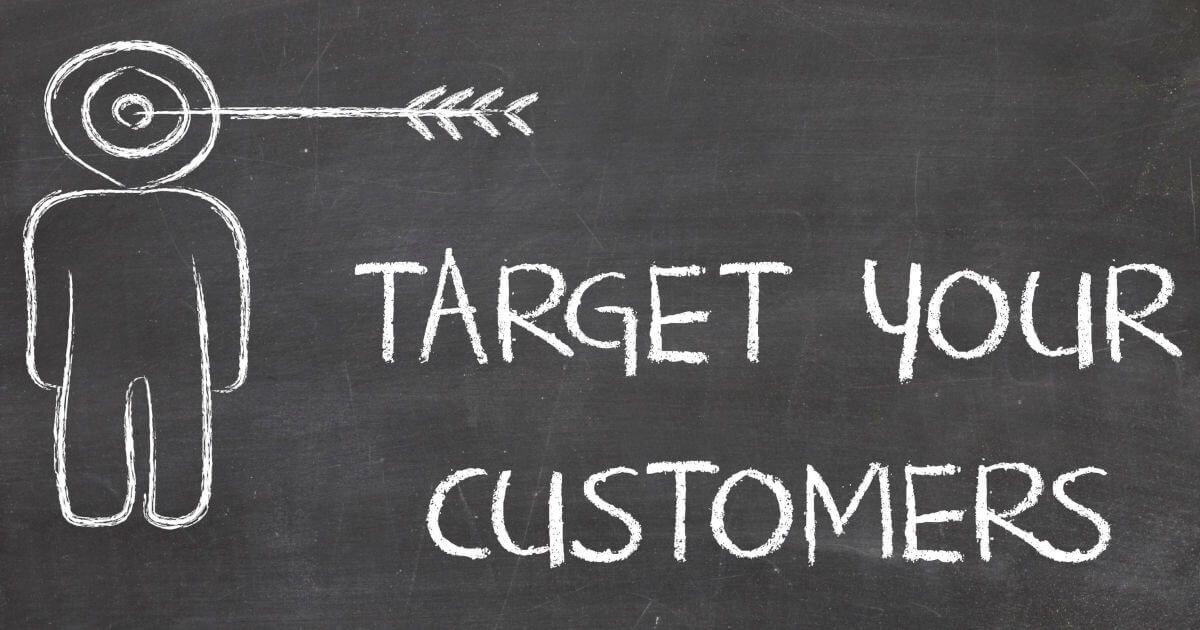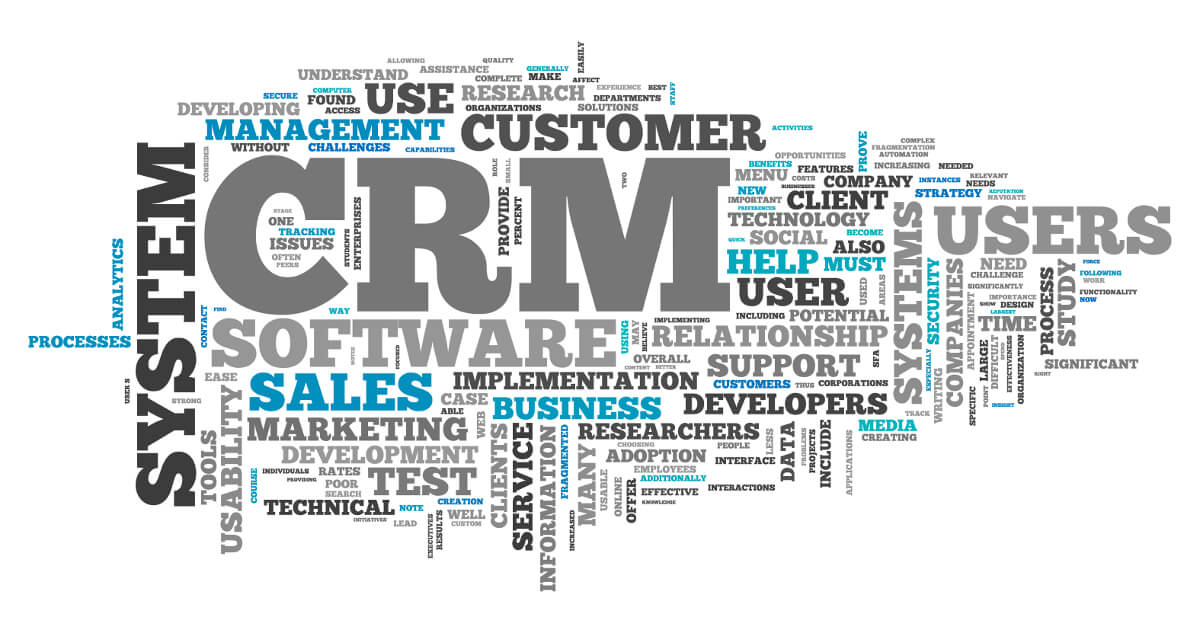Customer loyalty programs for small and large businesses
Building a stable customer base is an important part of every company’s business plan and can be achieved by means of customer retention and loyalty. Customers can form a bond with a company for different reasons - due to shared values, necessity, or for financial reasons. Various customer retention strategies are used to build these connections, such as customer service, email marketing, and loyalty programs. There are a variety of retention strategies and loyalty programs that are suitable for small and mid-sized businesses.
Professional Email Address & Personal Domain Name
Get an email address as professional and unique as you are including a free matching domain!
What are customer retention strategies?
Customer retention strategies are ways of engaging with customers in order to hold on to them and build a stable customer base. If you’ve already read our article on customer retention, then you know that it plays an important role in the success of a company’s marketing. That’s because a significant part of a business’s profits comes from returning customers. A successful customer retention system will use a variety of strategies to ensure long-term loyalty and prevent customers from leaving for the competition.
You want to create your own online store but don’t have a website to put it on? The IONOS website builder makes it easy to set up and design your own professional website, even as a beginner.
The different types of customer loyalty
If you want to convert occasional customers into regular customers, you should be aware that there are at least five different kinds of customer loyalty:
Emotional customer loyalty
The first type of customer loyalty is the most important and can be strived for by any company, large or small. It’s all about customer satisfaction and trust between company and customers. The better these two things are developed, the more customers will turn into regular clientele. Emotional marketing and emotional branding are strategies that are used in this feeling-based way to retain customers.
Technical/functional customer loyalty
Companies that use this form of connection offer customers a technical service that isn’t compatible with products made by other companies. In this case, customers rely on your company when it comes to the purchase of additional products and thus end up dependent on you. This type of customer retention is referred to - somewhat negatively - as vendor lock-in.
Situational customer retention
Let’s imagine a situation like the following: A hotel offers uncomfortable beds and bad room service. Usually this would mean that customers look for a room at a different hotel. However, since the hotel is the only place to stay for miles, its guests don’t have any choice but to put up with the conditions as they are. So if your company offers products or services that can’t be obtained anywhere else, customers will automatically keep coming back to you.
Legal customer retention
This form of customer retention is the result of a legally binding contract. Once customers have signed, they’re bound to your company for the duration of the contract. Newspaper subscriptions and gym memberships are good examples of this.
Economic customer retention
Lastly, customers might decide to stick with your company for economic reasons. In this case, the focus lies on managing and saving money. For example, customers who want to switch to a competitor will have to pay termination or switching fees. In addition, in moving to a different provider, customers will lose all the benefits they gained by working with your company.
Customer retention strategies and how they work
Just like there are different types of customer retention, there are also different strategies for building up a customer base. Here are some of the most important ones:
Treating customers well
It should be taken for granted that taking a friendly and honest attitude with your customers is one of the most important parts of customer retention. People that are interested in your product or service want to have the feeling that they are valued, their opinions are important, and that you are available for advice and support. Your business can evoke this feeling by offering reliable customer service that can be reached for problems and questions and that keeps their cool even when it comes to customers with confirmation bias.
Customer benefits and gifts
Another strategy for customer retention is giving benefits and gifts to customers. Many companies design their own membership cards, which customers can use to collect points or take advantage of special services. Other models include loyalty programs and punch cards that can lead to discounts, gift cards and exclusive gifts. Regular customers in particular should be reminded how important their long-time loyalty is to the company. Creative present for customers’ birthdays, Christmas, or company anniversaries are always welcome.
Technical tools
You can use various technical tools to help build and strengthen a relationship with your customers. One important phrase you’ll hear again and again in this connection is email marketing. A personalized newsletter is a great way to keep customers in the loop and inform them about special deals. When it comes to special occasions and seasonal offers, customers tend to react positively to Christmas cards and birthday wishes. Just make sure that these emails are worded in a way that’s fitting for your target group and corporate image.
Your company should also be active on social media. Social commerce offers a number of options for active customer engagement and participation. Post photos and videos that offer a glimpse behind the scenes at your company or set up a customer community. That way you can generate the interest of new customers and keep current customers engaged. The bandwagon effect is more relevant on social media than anywhere else.
Events and projects
Your company can plan special events that customers can enjoy or even participate in. There are countless options for events that remain memorable for customers, from workshops to event series to sweepstakes.
Or how about showing that your company cares about causes? Starting donation drives or teaming up with others to offer support in times/places of crisis can help cast you in a good light with customers and the wider world.
There are various ways to spread word of your business to as many people as possible. For example, IONOS’s Google Ads service will help you design an ad campaign that suits your purposes. When you add rankingCoaches’s SEO and the List Local service into the mix, you’ll be all set up with a comprehensive online presence.
Customer loyalty programs: Examples and ideas
Customer loyalty programs (also referred to as reward programs) are used by different companies in different ways. They’re a marketing strategy that builds a bond based on the prospect of future rewards.
If you’re asking yourself whether you should start a loyalty program for your small or medium-sized business, rest assured that this marketing strategy isn’t just profitable for big companies. If you want to build up long-term connections with your clients or generally increase the appeal of your company, a loyalty program could be the way to go. In addition, customer loyalty is often much more heartfelt when it comes to small companies.
Below we list some loyalty program examples and ideas so you can get a sense of what’s possible.
Tiered programs
This kind of loyalty program involves various loyalty tiers, which customers can move up through by making purchases. These tiers are often named after precious materials, ranging from, for example, bronze to platinum or diamond. Each tier offers exclusive benefits, though of course the highest tier is the most attractive. The lingerie company ThirdLove uses this kind of loyalty program. Customers can work their way up three tiers and win prizes like yearly birthday presents and exclusive seasonal offers. When it comes to customers that feel deep loyalty to your company, upselling can also be a fruitful strategy.
A feeling of belonging - Community programs
With community loyalty programs, a company makes a platform available that customers can use to talk about its products, services, and brand. The cosmetics retailer Sephora has its own community with five million members. Users can take part in challenges, learn about events, and generally have fun. Sephora is also very responsive to the latest customer feedback and is great at dialog marketing.
Point system - Point programs
This type of loyalty program is one of the most common, thanks to its simple underlying idea: Customers collect points when they shop with you. With each product they buy, they gain more points. When they’ve reached a certain number of points, they can exchange them for prizes like discounts or gifts. One of the many companies that uses a point-based loyalty program is Marriott. As a part of their benefits program, customers can collect points with each of their stays. They can then redeem the points for free hotel stays, food and drinks, and other benefits.
For a good cause - Charity programs
As mentioned above, your company’s charitable engagement is also a way to increase connection with customers. This strategy can also be integrated into a loyalty program. For example, your company can set aside a part of its revenue for a good cause or can offer customers loyalty prizes in the form of donations to popular charities. The restaurant Hatch put its location on Long Island to good use and supported two conservation projects for the preservation of local waterways. For each visitor to the restaurant, Hatch donated five dollars to the cause.
Working together - Partner programs
Cooperation between companies can also have a positive impact on customer loyalty. With a single partner loyalty program (cooperation with one other company) or a multi-partner program (cooperation with two or more companies), you can fulfill the needs of your customers and increase the options they have to choose from. For example, if you run a store that sells computer keyboards, you could team up with a company that sells mousepads. As a real-world example, Nike recently collaborated with Apple to offer access to Apple Music in its “Nike Run Club” app.
Fee-based programs
Another alternative would be to offer a (temporary) program that’s only available on a paid basis. You’d then offer memberships that come with various benefits and special offers. Members might get VIP status or another title that sets them apart from other customers. A well-known example is Amazon’s Prime membership, which promises free premium shipping and a variety of content.
Subscription programs
If you’re asking yourself whether fee-based programs are the same as subscription programs, the answer is no. The difference is that subscription programs provide their customers a temporary service based on with a one-time purchase rather than a monthly fee. The coffee company Bean Box offers a creative form for this type of customer loyalty program. Customers can purchase a subscription for different types of coffee beans and thus never have to go without their morning coffee for the duration of the subscription.






